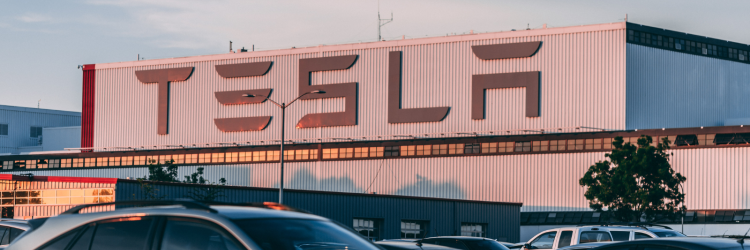It's a sign of the times at Tesla that I need to specify which issue is the moment of truth that I refer to in the headline. I'm not talking about the high-profile lawsuit that began last week into whether CEO Elon Musk owes damages to investors who bought stock in 2018 when he tweeted, falsely, that he had "funding secured" to take the company private. Nor am I talking about the crash in Tesla's stock price over the past year, partly caused by Musk's very public flailing at Twitter, which has, in my view, alienated both investors and potential customers at all Musk's companies.
No, I'm talking about testimony that recently surfaced about a key video that Tesla used six years ago to sell the idea that its cars could drive entirely on their own. The testimony, from a deposition last July by a senior Tesla executive, acknowledged that the video was staged. Coming at a time of mounting lawsuits that claim an overreliance on Tesla self-driving technology led to accidents, including fatalities, the testimony could be extremely damaging.
It could help undermine a key selling point for Tesla and Musk, who hoped to leverage self-driving into all kinds of additional revenue streams, including insurance -- he has said he can charge extremely low rates because his technology is supposedly so much safer than human drivers are. The testimony, together with all the lawsuits, could also deliver a real black eye to the whole self-driving movement.
Here is the video from October 2016, complete with "Paint It, Black" musical background, still available on the Tesla website. It begins with this notice: "The person in the driver's seat is only there for legal reasons. He is not doing anything. The car is driving itself." The video shows the car leaving a home and driving, in traffic on side streets and a freeway, before parallel parking by an office in Palo Alto, Calif. Musk promoted the video on Twitter as evidence that "Tesla drives itself."
Now, here is the Reuters story in which the Tesla executive debunks the video, as part of testimony in a trial about whether Tesla is liable for a crash that killed a former Apple engineer. The Tesla executive says engineers carefully mapped a single route for the car to take and trained it for that one route -- having to intervene multiple times to prevent the car from making mistakes. During one attempt at parking, the car backed into a fence.
So, it was hardly true in 2016 that "Tesla drives itself." And it still isn't true, according to recent reporting -- a fact that will surely bedevil the company as it defends itself against the various lawsuits.
A long piece last week in the New York Times magazine about Tesla found that lots of enthusiasts were willing to essentially be guinea pigs for its autonomous driving technology, carefully monitoring for and correcting unsafe behavior by their cars while letting Tesla collect real-world data about problems to be addressed. But the piece also documented a wide array of potentially serious problems.
For instance, as the author rode in a Tesla with a man named Alford, and it tried to make a left turn:
"The Tesla started creeping out, trying to get a clearer look at the cars coming from our left. It inched forward, inched forward, until once again we were fully in the lane of traffic. There was nothing stopping the Tesla from accelerating and completing the turn, but instead it just sat there. At the same time, a tricked-out Honda Accord sped toward us, about three seconds away from hitting the driver-side door. Alford quickly took over and punched the accelerator, and we escaped safely....
"It was a rough ride home from there. At a standard left turn at a traffic light, the system freaked out and tried to go right. Alford had to take over. And then, as we approached a cloverleaf on-ramp to the highway, the car started to accelerate. To stay on the ramp, we needed to make an arcing right turn; in front of us was a steep drop-off into a construction site with no guard rails. The car showed no sign of turning. We crossed a solid white line, milliseconds away from jumping off the road when, at last, the wheel jerked sharply to the right, and we hugged the road again. This time, [Tesla's self-driving technology] had corrected itself, but if it hadn’t, the crash would have surely killed us."
A Fortune columnist says,"2023 should prove a watershed year in determining whether Tesla’s deeds amounted to legally protected speech, careless embellishment, violations of civil and criminal law, or something in between."
So, the short answer on what happens to Tesla and self-driving more broadly is: Stay tuned.
But I'll attempt a slightly longer answer.
I think Tesla self-driving is in trouble and believe that the various lawsuits, buttressed by the testimony debunking the self-driving video, will force some kind of retrenchment of the company's aspirations.
That will surely cause heartburn for other self-driving companies, but shouldn't be a massive obstacle for Google's Waymo, GM's Cruise and a few others, which have taken a very different, "slow and steady wins the race" sort of approach.
We'll see.
Cheers,
Paul


